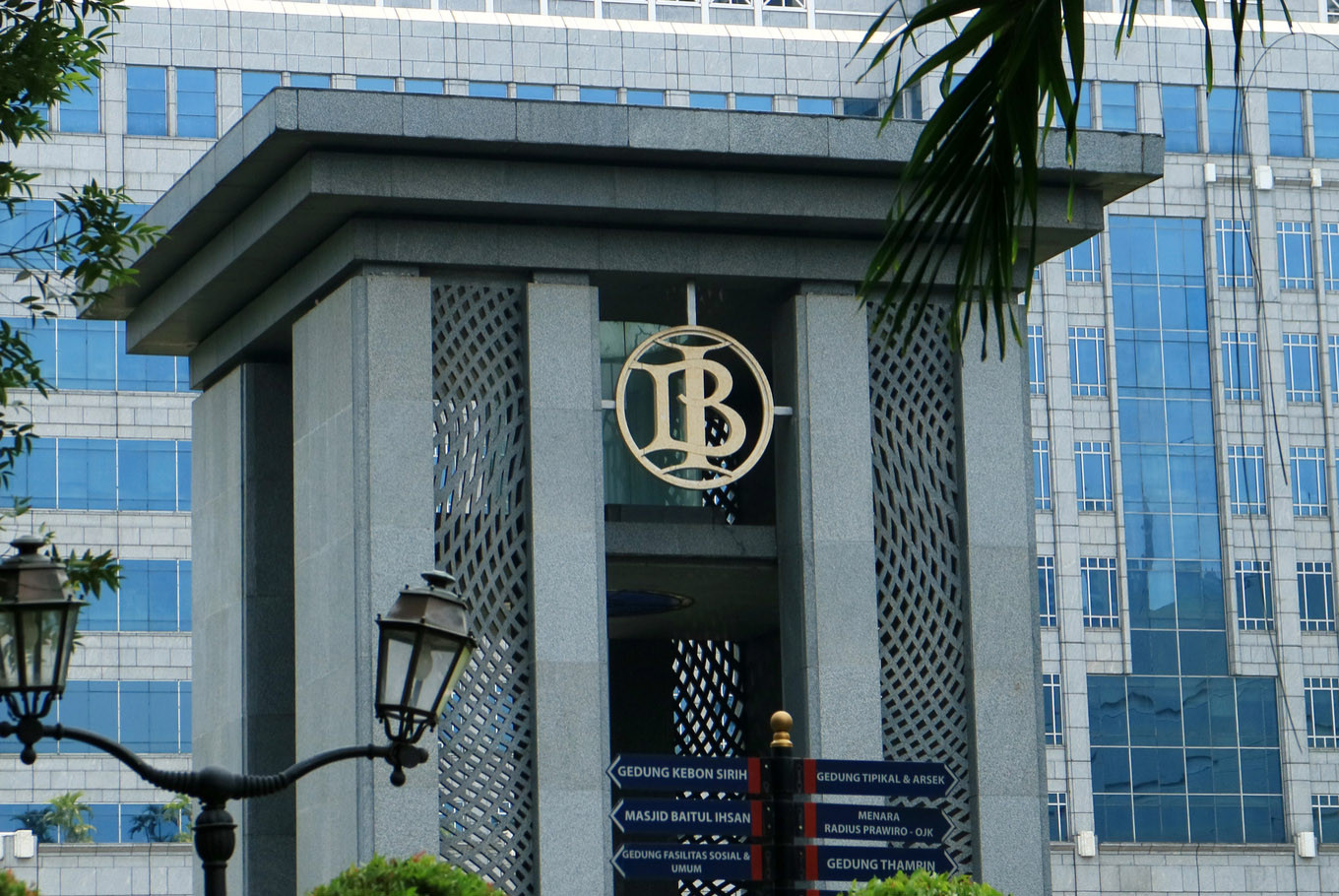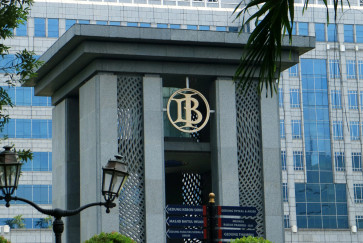Popular Reads
Top Results
Can't find what you're looking for?
View all search resultsPopular Reads
Top Results
Can't find what you're looking for?
View all search resultsGrowth and stabilization: Still a ‘virtuous circle’?
Change text size
Gift Premium Articles
to Anyone
F
ollowing a meeting of Bank Indobesia’s (BI) board of governors in March, BI has shot two bullets. The first one took the form of monetary policy. The policy rate (7-day reverse repo rate) is maintained at 6 percent level after BI raised its benchmark six times, or cumulatively by 175 basis points last year.
The increase was seen more as a response to the United States Federal Reserve’s policy in an effort to hold back the weakening of the rupiah. In the BI scenario, the increase in the benchmark interest rate will narrow the cross-country differential interest rates to attract foreign portfolio capital.
The relative high policy rate is obviously not risk-free. The high in benchmark interest rates brought the domestic money market into a high-interest rate regime.
The return of other financial instruments is also induced so that there is a movement of funds to other financial assets that provide higher returns.
Banking liquidity is exposed to impacts. The growth of third-party funds (TPF) as the main source of funds managed by banks continues to slow down. If this situation continues, the ability of banks to provide loans will undoubtedly shrink, which ultimately will affect national economic growth.
The second bullet came in the form of macroprudential policies. The macroprudential intermediation ratio (RIM) which will increased from 80 to 92 percent to 84 to 94 percent beginning July 1. The new regulation is expected to inject more liquidity to the banking system. The bank intermediation function is to bridge the excess funds owner with those who need funds. Banking has a role in collecting TPF from its customers. The results of collected funds are expected to be able to meet the funding needs of debtors for business expansion. Eventually, economic growth will be promoted.
However, the ultimate target of the monetary policy and macroprudential policies seems to be contradictory. The monetary policy is rather procyclical, while the macroprudential policies are typical contracyclical. Hence, their final impact on economic growth may be zero. Therefore, it is not surprising that financial market players got the impression that BI does not have a clear mind on which of the two objectives — economic growth or stabilization — is the first priority.


















